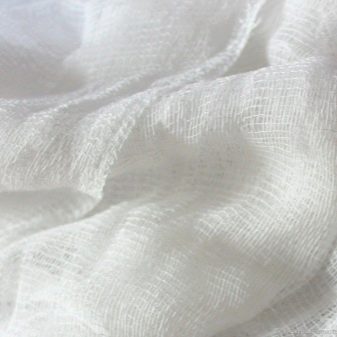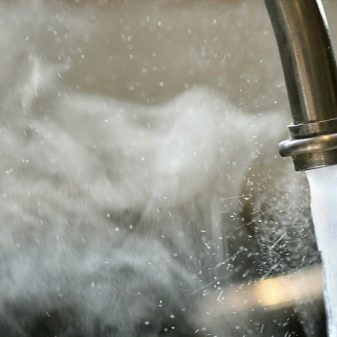All about fabric lacquer
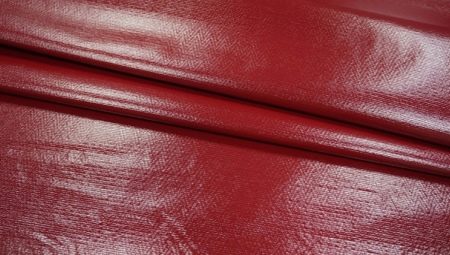
Modern fashion, especially high fashion, may seem strange to some. Despite this, fashion trends are gaining activity and become part of almost every person's wardrobe. One of these new trends is lacquered clothing. Most of the products of this kind are sewn from a fabric called varnish. All about what this fabric is, will tell the following article.
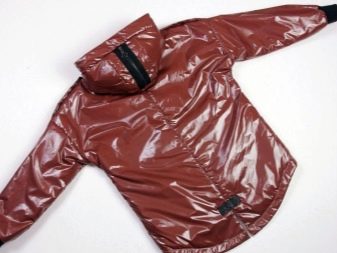
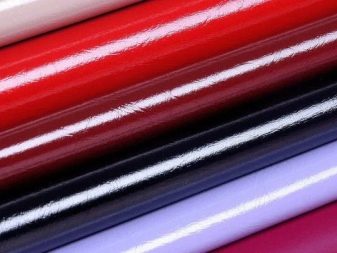
general description
Lake is a fabric of artificial origin that resembles patent or patent leather. From French "varnish" is translated as "shiny smooth canvas". Its main advantage, of course, is its characteristic appearance. But the fabric is also quite affordable (it can be found commercially and at a very budgetary price). Has a pronounced front and back sides. The seamy side is usually covered with a layer of cotton or viscose. This is done mainly for the fabric from which the clothes will be sewn. This partially solves the problem of the "greenhouse effect".
The material is a woven base covered with a film. Sometimes the fabric is simply soaked with a solution that makes its surface smooth and shiny. The lacquer coating is usually applied to the base under high pressure, but we will talk in more detail about the lacquer manufacturing technology below.
It is noteworthy that after varnishing the material stretches well, differs in elasticity, practically does not wrinkle.

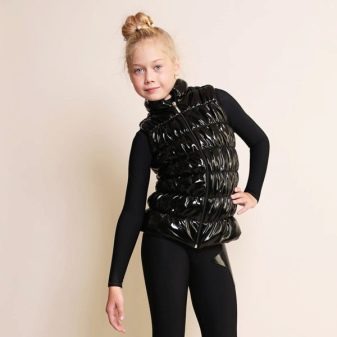
In most cases, synthetic knitwear is used as a base for varnish. Like any fabric, varnish can be of various colors. The pigment is usually added immediately to the lacquer coating, even before it is applied to the fabric. The most common options are black lacquered fabric, red, beige.You can find specimens with a shimmer, a pearlescent shine, as well as various shades (degradation), a metallic sheen passing into each other. A rare occurrence is varnish with an embossed ornament or pattern. There are fabrics with different prints. The material is used as a substitute for genuine leather. But it is worth remembering that, in terms of its characteristics, it is still far from her.
The varnish has a density of 85 to 130 grams per square meter. m. Obviously, the fabric is waterproof. Despite the coating, it remains soft. But at the same time, the material is relatively durable, it can serve for a long time. The fabric does not allow air to pass through well, therefore, when wearing varnish products, air exchange stops. As a result, it is impossible to wear such things or be in direct contact with them for a long time. However, the fabric does not become a habitat for microorganisms or mold, therefore it is considered one of the hygienic varieties of textiles. Cold resistant.

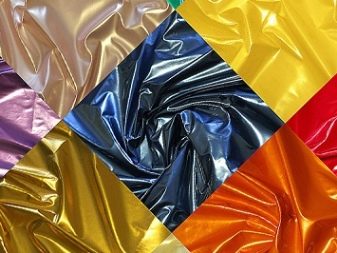
Views
First of all, the type of fabric depends on the base. In addition to knitwear, nylon and semi-kapron fabrics are used. Viscose can also be used. These bases are divided into three groups: fabrics consisting only of synthetic fibers, fabrics from synthetic and artificial fibers, solutions from synthetic fibers with the addition of wool and cotton.
Fabrics can be divided into different groups in terms of coating and impregnation. The most commonly used is the so-called smooth film. It is usually made from polyamide, but other compounds are also used. The fabric can be covered with a latex film or a special impregnation from the manufacturer itself. At the moment, the most common is polyurethane film.
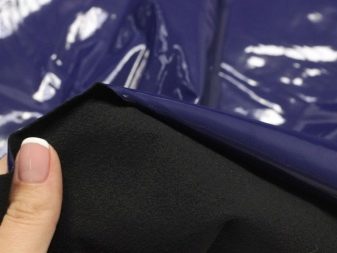

There are several types of coating on the base fabric. The main ones are two.
- Spraying. In this case, the fabric is impregnated with a solution from a machine operating on the principle of a spray bottle. Now the technology is not the most popular. But initially this technique was used to create varnish.
- Spillage. The following technology is much more in demand. A vat of coating liquid is installed, and under it is a conveyor with a cloth. As the fabric moves, liquid is poured onto it, creating a semblance of a waterfall.

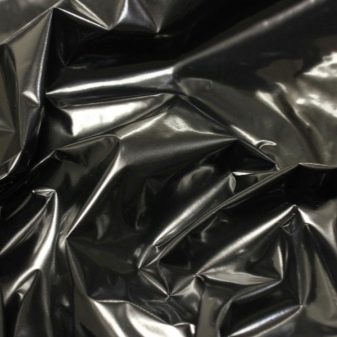
It is worth noting that the fabric is then sent to dry. For this, it is placed in a heated room or chamber.
Production is not limited to the application of only one layer, usually there are three. If the first layer is only a polyurethane or other similar liquid, then the second already contains pigments, and the third is a slightly different transparent composition from the first.
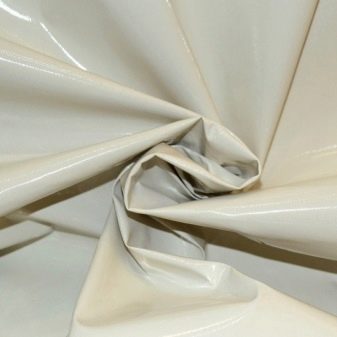
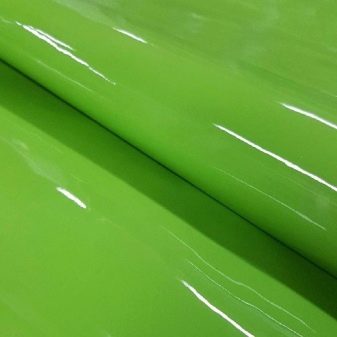
Application
Most often, not dresses are sewn from varnish, but jackets or other outerwear. This number includes down jackets, coats, trench coats, raincoats and even jackets. Often made from varnish and overalls. Basically, clothes for the off-season are sewn from fabric.
Sometimes skirts, outfits, sweaters, blouses, pants are made with the use of the material, but often such products do not hit the shelves in large quantities. Due to the low air permeability, only rarely can you find sundresses made of varnish on the free sale. Usually these items always have a synthetic lining. Now lacquer is used in sewing ceremonial and stage outfits along with shiny fabric.
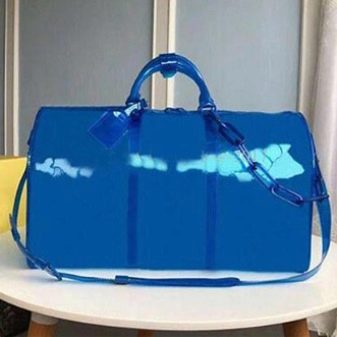
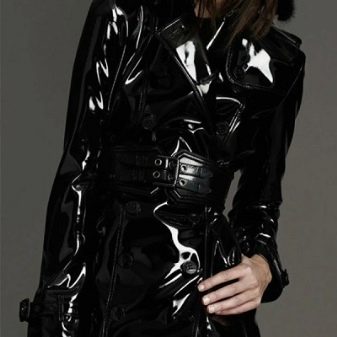
You can often see bags and gloves made of varnish. Belts and wallets are also sewn. The material is often used to decorate garments. A separate production is the sewing of covers and upholstery for furniture from this material. Upholstery for cars can also be sewn from varnish. Some connoisseurs of creative design sew curtains from this fabric.
Due to the fact that varnish is inferior to natural and artificial leather in a number of characteristics, shoes are not sewn from it, but it can be used in its manufacture for decoration.
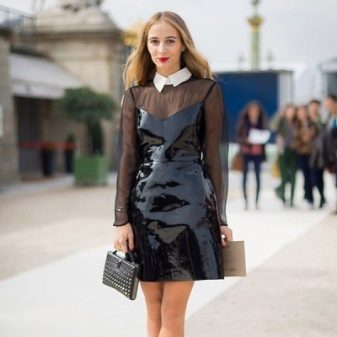

Care features
The material is one of the easiest to maintain: a smooth and practically impermeable surface has several advantages. The fabric tolerates washing relatively well. Products made of varnish can be dry-cleaned. If a stain appears on the material (not from a bleach or other chemical liquid), then you can get rid of it by simply wiping it with a damp cloth.
Makeup or grease stains can be removed by rubbing the area with an alcohol solution. You can wash things in the washing machine, but it is better to do it on a delicate cycle. It is recommended to spin at the lowest number of revolutions. The maximum water temperature is 30 degrees. It is best to use gentle liquid counterparts instead of powder. Hand wash is also allowed.
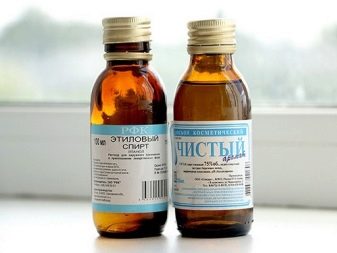

It is undesirable to wring out the product while twisting it strongly. It is advisable to leave it to drain on its own, and then hang it on a hanger. One of the advantages of the material is that it does not fade. But, despite the glossy and waterproof surface, the material does not tolerate constant exposure to water. From frequent wetting or washing, the varnish will begin to lose its shine and fade over time.
You cannot rub the surface, and especially you cannot do this with sharp objects that can scratch the thing. The incision in the tissue may further enlarge it. It is also undesirable to iron the varnish. In some cases, the color of the fabric may change. In rare situations, ironing can only be done from the wrong side. The iron temperature should be no more than 130 degrees. Ironing with a steam iron is undesirable.
It should be noted that the varnish does not shrink. Therefore, improper washing or ironing cannot lead to a fit, but can deform the varnish in a different way.

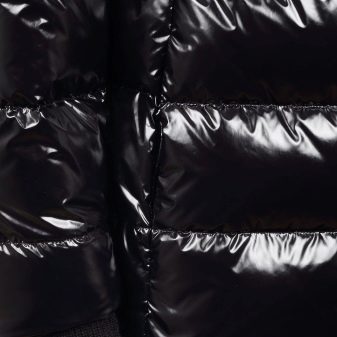
If there are folds on the varnish that you want to get rid of, then the product can be put under some heavy object, thereby creating the effect of a press. Place a cloth between the item and the cloth (it is most convenient to use gauze for this). After a few hours, the folds will definitely decrease and become less noticeable. Will help get rid of wrinkles and spraying from a spray bottle. If in this case they have not smoothed out, then you need to draw hot water into the bathroom and hang the product over it until it becomes wet. After drying, the product should not be as wrinkled as it was originally.
If you want to sew something from the varnish yourself, then you need to remember that the fabric cannot be pierced with a thick needle, you need to stitch it with the thinnest and smallest needle. The hole formed by the large needle will grow larger over time. Because of this, manufacturers often apply glue to the seams.
